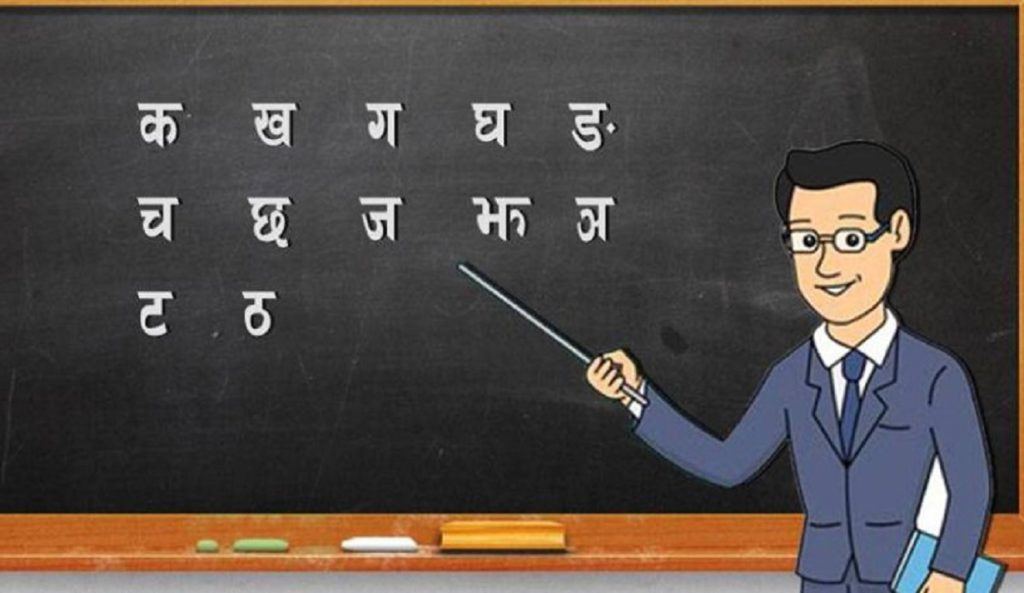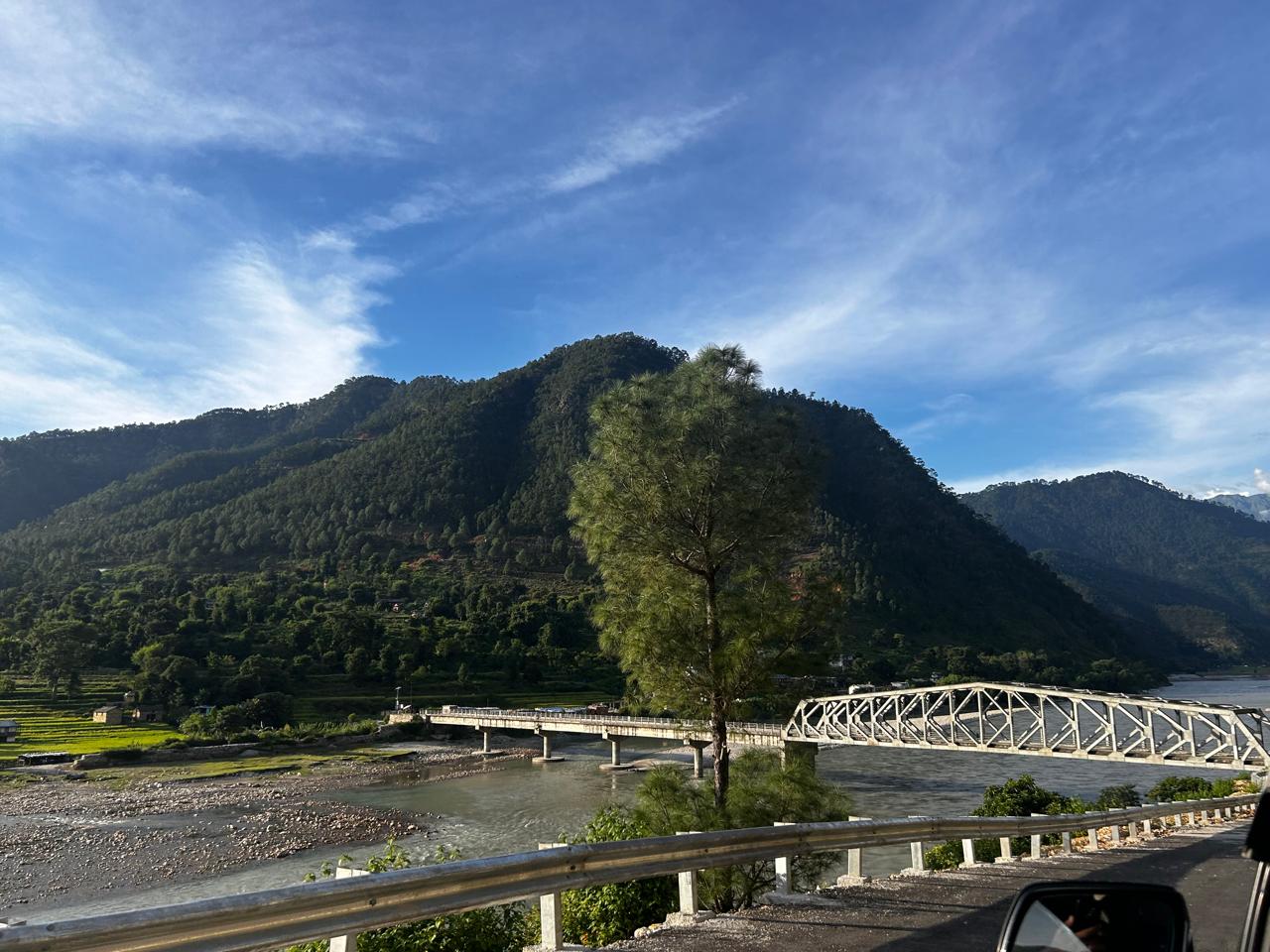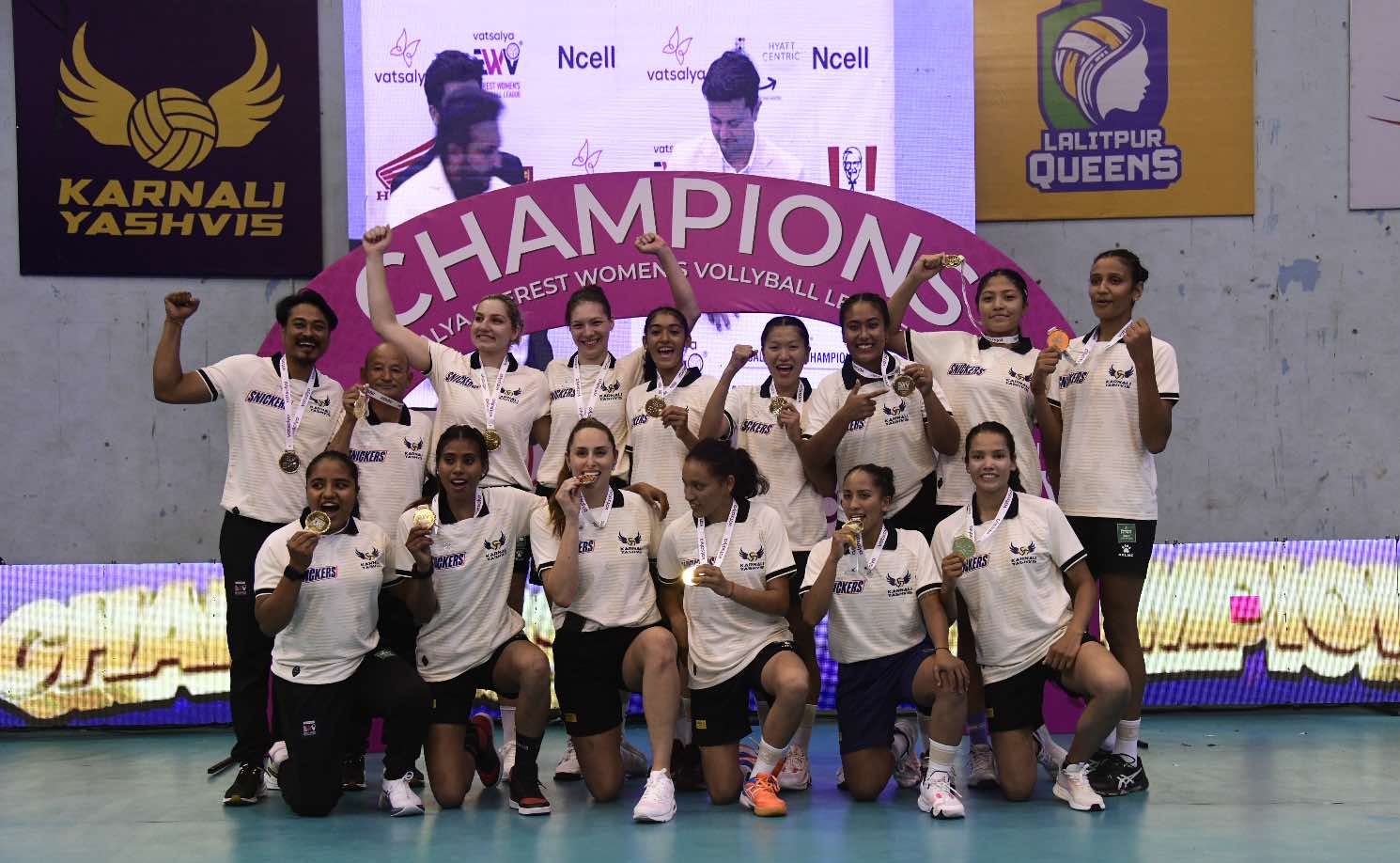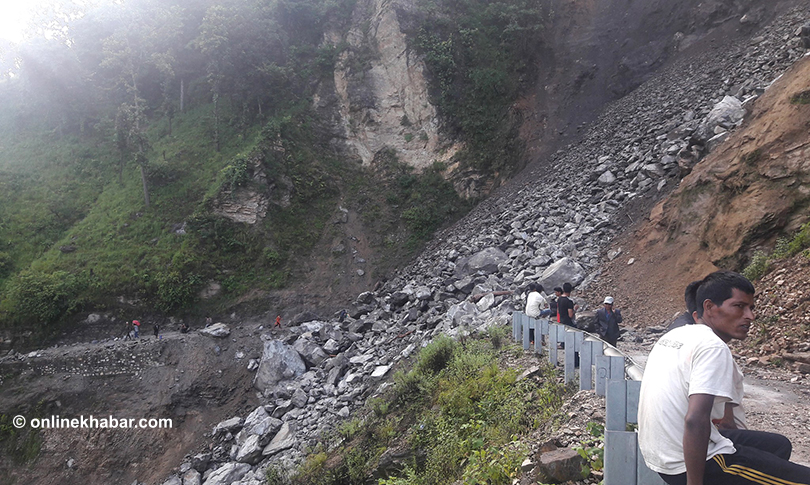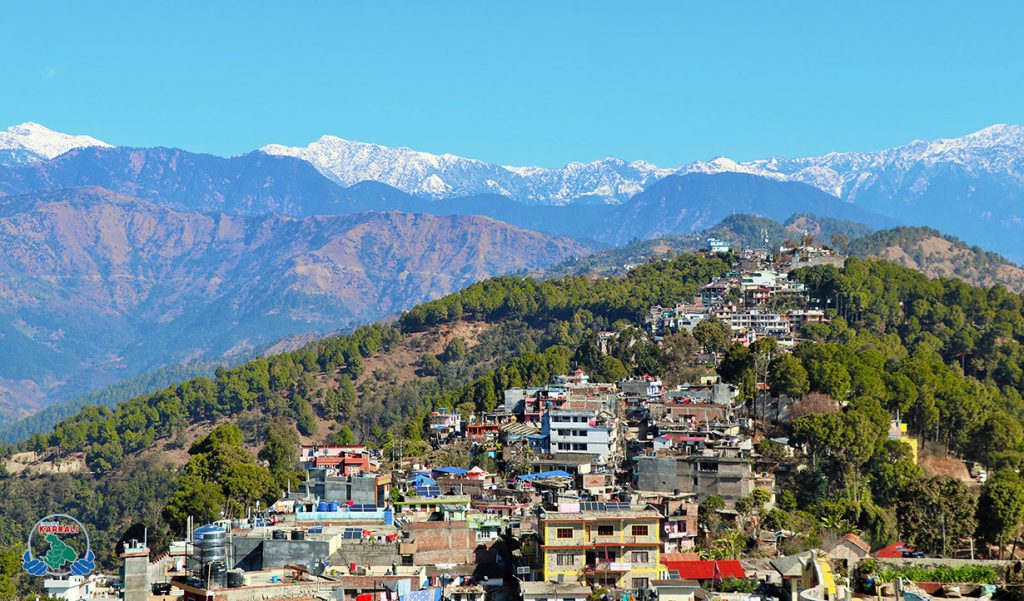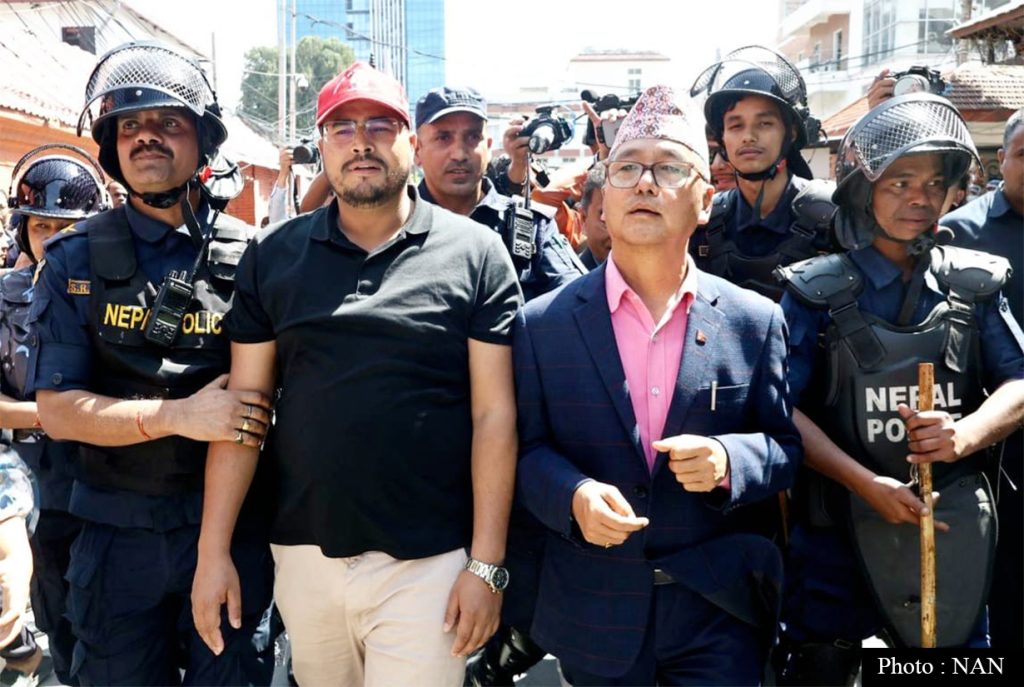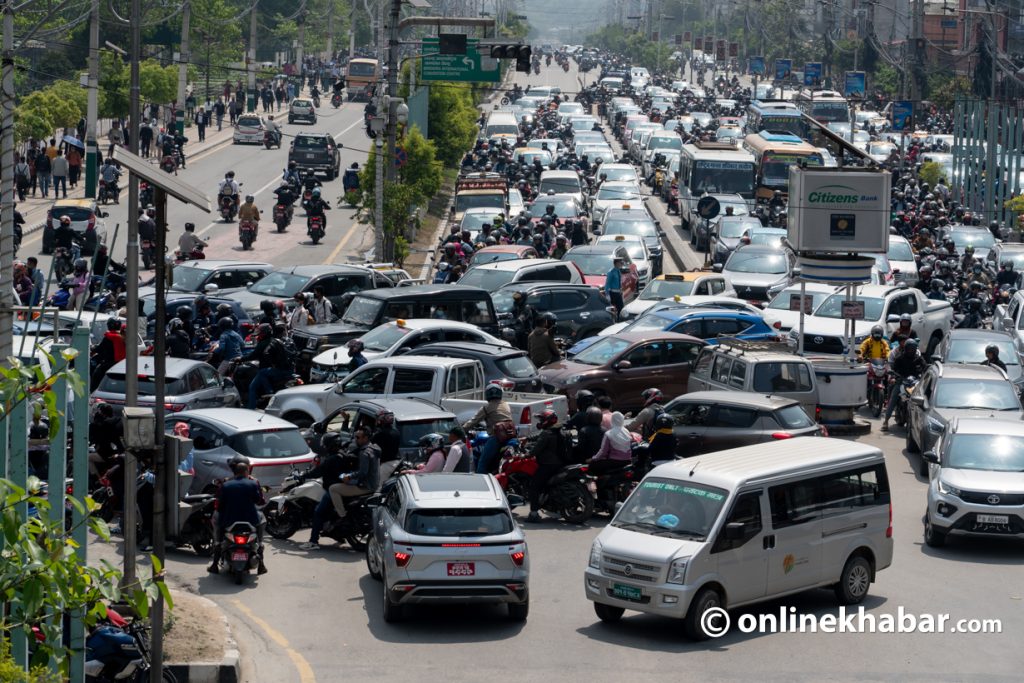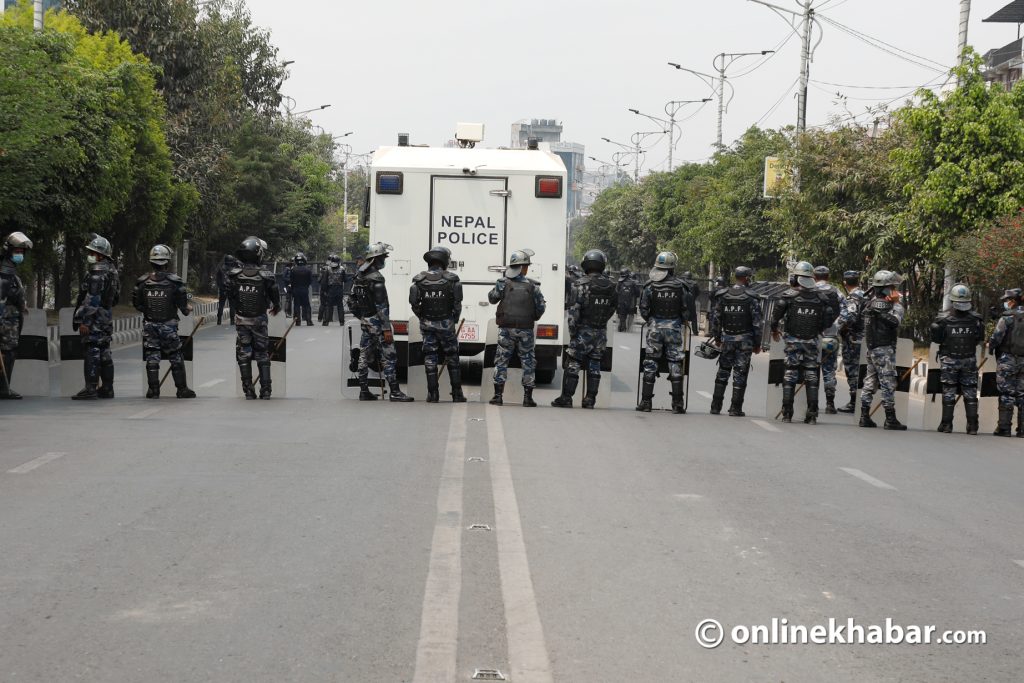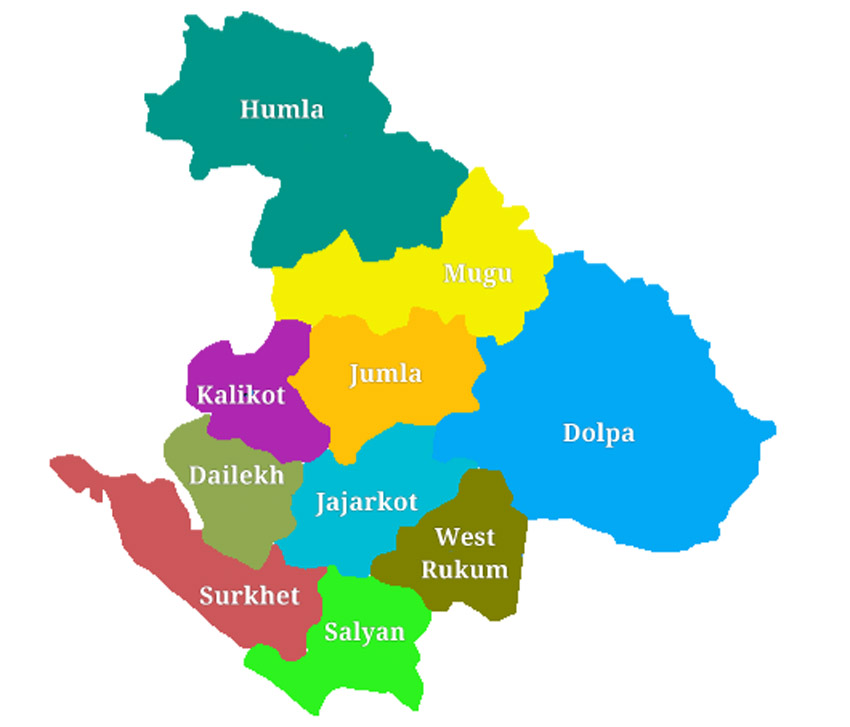
In the late hours of August 7, 2015, key political leaders came to a significant agreement regarding the country’s federal structure along with the demarcation of six provinces. The next day on August 8 the rallying cry for a united Midwest was raised in Birendranagar, the headquarters of the then Midwestern Development Zone.
People were furious and irked as major areas of Karnalai were included in Sudurpacschim Province during the demarcation. Despite senior leaders asking people not to protest, they did not listen. They wanted their own identity and under the banner of the United Midwest, they forced the state to set up seven provinces, instead of the previously decided six. That is how Karnali Province was born.
Initiation of a movement
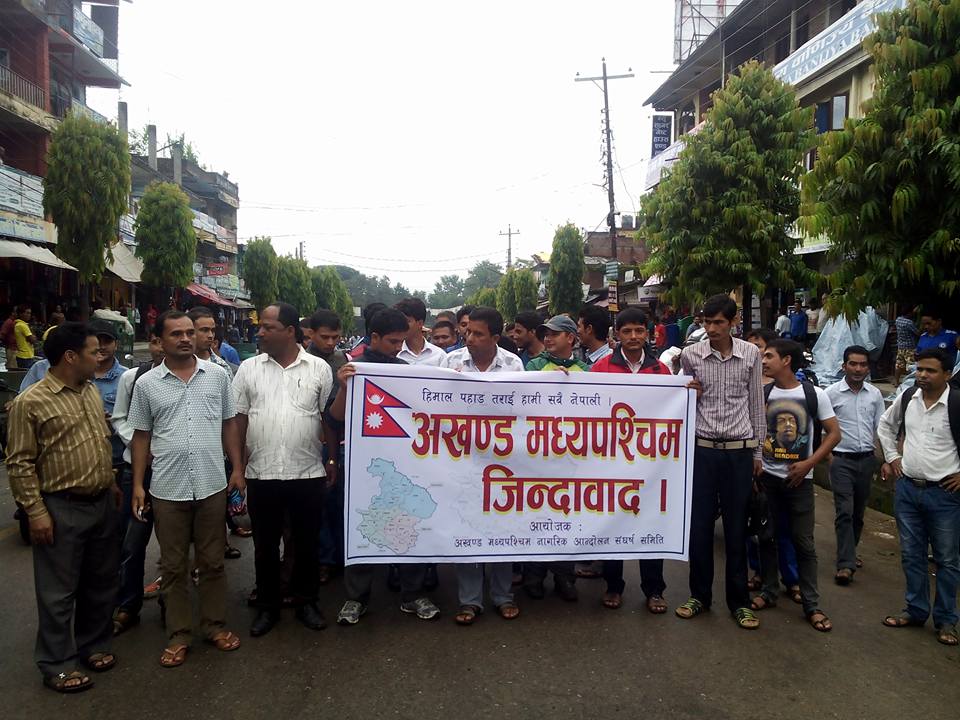
The movement was initially led by Tej Bikram Basnet, associate professor at Mid-West University.
According to Basnet, the initial demarcation would be unfair to the people of Bheri, Rapti and Karnali as they would have been governed from the Sudurpaschim Province and the capital of the province would also be in the far west region of Nepal. That, Basnet says, would create a hassle for those living in Karnali. That is why the people of the region called for the establishment of Karnali Province.
“It did not make sense. Federalism was meant to make things easy but here the state was trying to make our lives difficult,” says Banset.
The movement started at the closed doors of Mid-West University. However, soon it spread out to all the districts, headquarters and villages in the Karnali region.
The spread was so unprecedented, that things got out of control on the second day. Protestors vandalised the District Administration Office of Surkhet and the Jhupra Comprehensive Water Project. Agitated, they also burned the party office of UML, Nepali Congress and Maoist Centre along with attacks on the homes of political leaders.
The violence of separation
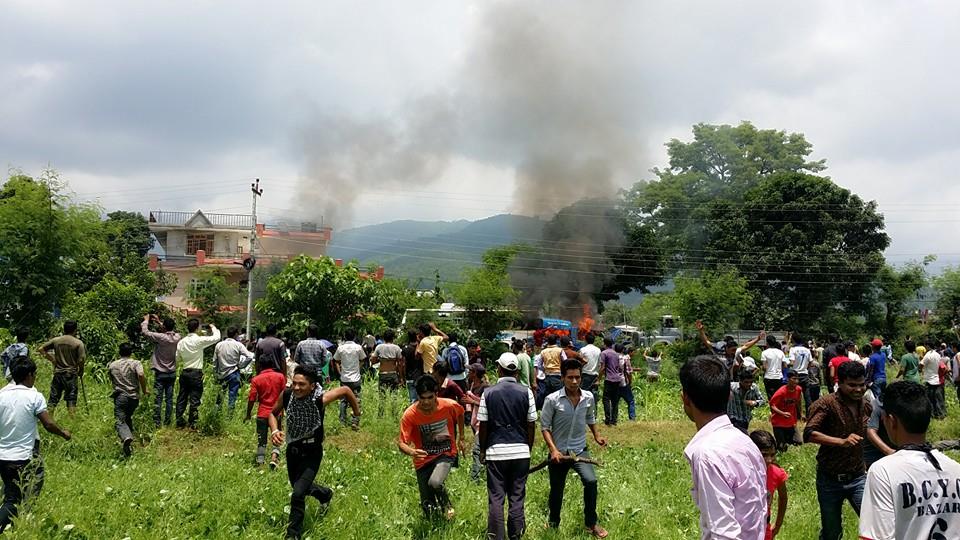
Although the movement began under the leadership of Basnet, no one really took ownership of it. With no institution leading it, the movement got out of control and violent.
On August 10, Yam Bahadur BC, Tika Ram Gautam and Gopal Singh Rajwar of Surkhet were shot dead by the police. Basnet, frustrated, stepped down after the movement became violent. The violence, however, did not stop.
On the same day a joint meeting of Basnet and civil society formed a struggle committee of 151 members under the coordination of Padma Bahadur Shahi, the then-regional president of the Federation of Nepalese Chambers of Commerce and Industry, says Basnet.
With political parties coy on whether to be involved or not, cadres of political parties did not get involved in the movement.
“They did not have the support of the centre. However, with pressure mounting, they had to be part of it,” says Basnet.
As the movement was pushing on, local Hari Bahadur Kunwar lost his life in Jumla. The tussle between the locals of Karnli and the state lasted for 13 days. Soon the central government caved in and decided to establish Province 6 (Karnali Province) on August 21, 2015.
The movement wanted the then-Midwestern Development Region to be named Karnali Provice as it had mountains, hills and plains. However, the leaders were not ready to do so. The idea behind that was the people wanted Karnali Province to be connected to both India and China.
“We wanted to use everything in our power to become an economically strong province,” says Basnet.
Pitambar Dhakal, the former dean of Mid-West University, recollects the movement as a point in time when the public compelled the leaders to take to the streets.
“Public emerged victorious on August 21, 2015,” says Dhakal. “There is a difference between the formation of Karnali Province and other provinces. Karnali Province was formed due to the movement.”
After the promulgation of the constitution, the province was known as Province 6, however, the meeting of the provincial assembly on February 24, 2018, renamed it Karnali Province.
Karnali Day and its identity
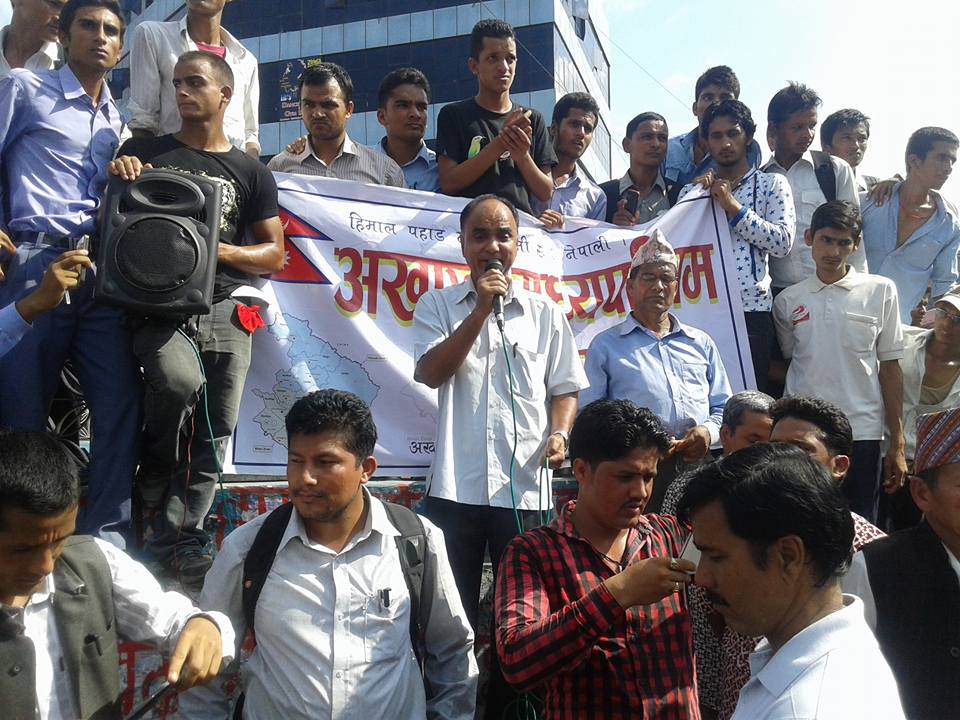
The Karnali government celebrates August 21 as the province’s established day. A public holiday is observed on that day. Even though the struggle gave a separate province to the locals of Karnali, when it comes to development, it still lags behind.
Another major motive of the movement was the development of the Karnali region. The public, however, is disappointed as they are detached from the development.
The stakeholder complains that the Karnali Province’s government has failed to fulfil the dreams of martyrs. The government acknowledged all four individuals who lost their lives on August 18, 2015, as martyrs. However, the martyrs’ families complain that the government has forgotten those martyrs.
Raj Bahadur Kunwar of Jumla, who lost his brother in the movement is frustrated. He feels his brother died for a lost cause.
“Their dreams are being covered by black clouds,” he says. Bhagwati BC, sister of martyr Yam Bahadur BC also echoes Kunwar. She says the government has failed to appreciate the contributions of martyrs.
“The provincial government broke their promises and this has left us sad and disappointed,” she says. “They pledged to construct statues of martyrs, establish a martyr’s park and provide employment to the martyr’s family, among others. But they have done none of these things.”
The objective of the movement was not only about gaining a separate province. It was also for the development of Karnali and to enhance the lifestyle of the people of Karnali, says Basnet.
“Apart from a handful of people, this has not benefited anyone else,” says Basnet. “If only the government had utilised the natural resources of Karnali Province, the province would have witnessed economic growth on another scale.”
Basnet and others like him believe that the progress of Karnali Province is limited to having had three chief ministers and some of its parliamentarians serving as ministers.
“We have not started any important projects, nor has the provincial government built a road to Rara,” says Basnet.
Basnet says rather than prioritising advancements, leadership remains fixated on personal gains. Dinesh Gautam, a federalism researcher, highlights that while federalism has yielded certain benefits, it has not been accompanied by suitable legislation and competent individuals.
He believes while federalism has given provinces like Karnali Province a lot, it still has not been able to give proper laws and people who can implement these laws.
“It is clear what is lacking is competent leadership,” says Gautam. “Although the province was the result of a movement, the province is being governed by some limited people, which is creating problems.”
He attributes this to the conservative nature of the leaders and emphasises the need for a more progressive form of leadership.
Federalism designated Surkhet as the capital of Karnali Province, providing it with substantial budgets and resources. As a result, the residents of Humla no longer have to travel to Kathmandu to demand development plans and resources.
“It gave Karnali an identity but a lot more needs to be done for the province to fulfil the potential people saw eight years ago,” says Gautam.
This story was translated from the original Nepali version and edited for clarity and length.






